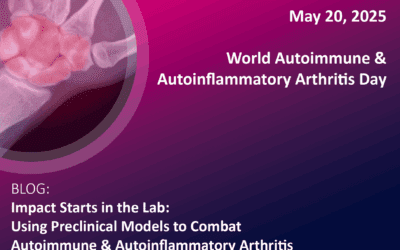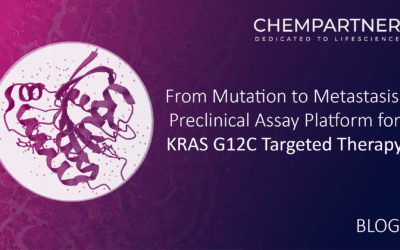In a modern drug discovery setting, in vitro protein binding assays are essential to assess the binding affinity and characteristics of a drug molecule with plasma proteins.
Two commonly used methods for in vitro protein binding assays are equilibrium dialysis and ultracentrifugation. Let’s compare these methods.
The Principle
Equilibrium Dialysis
The separation of free drug molecules from protein-bound drug molecules across a semipermeable membrane
Ultracentrifugation
The separation of free and protein-bound drug molecules based on the differences in sedimentation rate
The Process
Equilibrium Dialysis
Drug-protein mixture is placed in a dialysis chamber, and the chamber is immersed in a buffer solution
Over time, free drug molecules diffuse across the membrane into the buffer, while protein-bound drug molecules remain in the chamber
Ultracentrifugation
Drug-protein mixture is subjected to high centrifugal forces, leading to the formation of a sedimented pellet containing protein-bound drug molecules and a supernatant containing free drug molecules
Advantages
Equilibrium Dialysis
High-throughput
Requires smaller sample volumes
Allows for the determination of binding constants and the characterization of drug-protein interactions
Ultracentrifugation
Minimize non-specific binding of the test compounds, provides accurate measurement of free drug fraction
Allows for the determination of binding constants and the measurement of drug-protein complex size
Limitations
Equilibrium Dialysis
May suffer from potential experimental artifacts due to non-specific binding or low solubility at buffer side large sample volumes
Ultracentrifugation
Relatively low-throughput
Overall, the choice of method depends on the specific requirements of the drug discovery study.
Equilibrium dialysis is often preferred at early stage for screening purpose and has a relatively quick turnaround time. Ultracentrifugation provides better accuracy when the precise determination of binding constants and detailed characterization of drug-protein interactions are necessary.
It’s important to consider the advantages and limitations of each method when selecting the most suitable approach for in vitro protein binding assays for drug discovery, but our experienced scientists are here to help you make the right choice for your project.
Click the button below to talk to our scientific experts!




